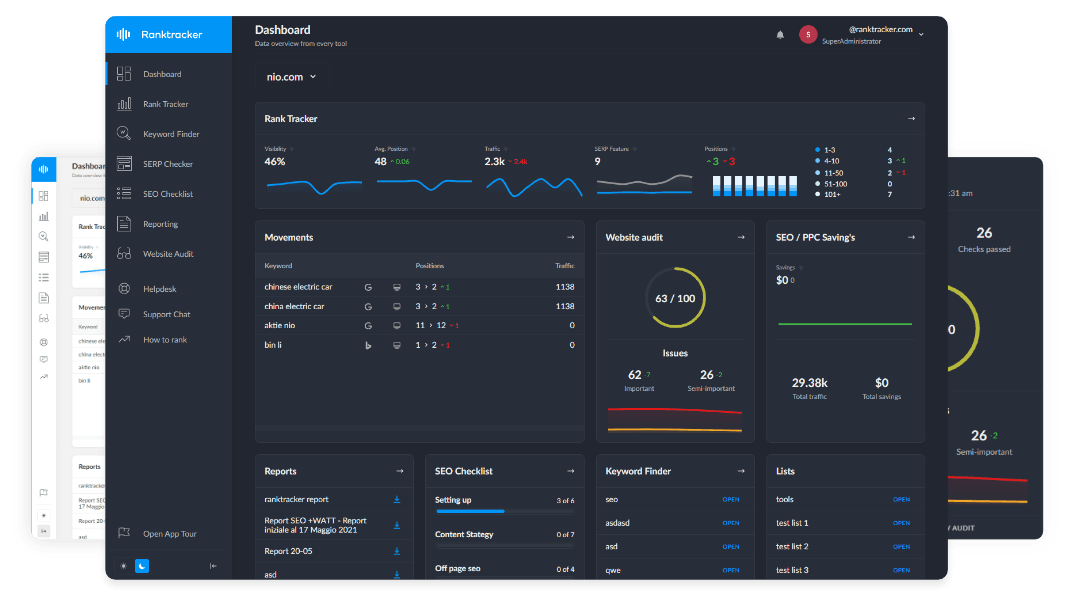Intro
Google fact verification is a process used to validate the accuracy of online content by identifying and flagging misinformation. It leverages AI, authoritative sources, and structured data to verify facts.
Why Fact Verification Matters for SEO & Credibility
Ensuring factual accuracy enhances content trustworthiness, improves SEO rankings, and reduces misinformation. Websites with verified facts rank higher and establish authority.
Benefits of Google Fact Verification
- Boosts Content Credibility: Increases user trust and authority.
- Improves SEO Rankings: Google prioritizes factually accurate content.
- Reduces Misinformation Risks: Helps avoid penalties from incorrect claims.
- Enhances Search Visibility: Verified content is more likely to be featured.
How Google Fact Verification Works
✅ 1. Google Uses Trusted Fact-Checking Sources
- Information is validated using trusted databases and expert sources.
- Example Fact-Checking Organizations:
- PolitiFact
- FactCheck.org
- Snopes
- Google Fact Check Explorer
✅ 2. Content is Evaluated Using Structured Data
- Implement Fact Check Markup (schema.org/ClaimReview) to signal factual accuracy.
- Example JSON-LD:
{
"@context": "https://schema.org",
"@type": "ClaimReview",
"claimReviewed": "SEO rankings improve with high-quality backlinks.",
"reviewRating": {
"@type": "Rating",
"ratingValue": "True"
},
"author": {
"@type": "Organization",
"name": "Google Fact Check Explorer"
}
}
✅ 3. Google Cross-Checks Data with Multiple Sources
- Conflicting data reduces content reliability.
- Ensure alignment with authoritative sources.
✅ 4. Fact-Checked Content Appears in Google’s Fact Check Labels
- Verified articles receive special visibility in search results.
- Example:
- Google News Fact Check Tags highlight validated information.
How to Ensure Your Content Passes Google’s Fact Verification
✅ Use Authoritative Sources
- Always cite trusted, well-recognized references.
- Example:
- "According to Google’s Search Quality Evaluator Guidelines, E-E-A-T improves rankings."
✅ Implement Fact Check Markup
- Use ClaimReview schema to validate key statements.
✅ Cross-Verify Claims Before Publishing
- Compare data with reputable sources.
✅ Avoid Exaggerations & Misleading Claims
- Ensure content remains factual and balanced.
- ❌ Misleading: "Google guarantees #1 ranking with backlinks."
- ✅ Accurate: "Backlinks contribute to higher rankings, but other factors also apply."
Common Mistakes to Avoid
❌ Using Unverified or Low-Quality Sources
- Stick to reliable sources for credibility.
❌ Making Claims Without Evidence
- Always back up statements with data.
❌ Ignoring Google’s Fact Check Guidelines
- Follow structured data rules for verification.
Best Tools for Fact Verification
- Google Fact Check Explorer – Validates claims in search results.
- Grammarly Plagiarism Checker – Ensures content originality.
- Ranktracker Content Analyzer – Optimizes factually correct content for SEO.
Conclusion: Strengthening SEO with Google Fact Verification
By ensuring factual accuracy, citing authoritative sources, and using structured data, content becomes more reliable, search-friendly, and trusted by users and search engines. Fact-checked content improves SEO rankings and brand credibility.
Start optimizing fact verification strategies with Ranktracker today!

